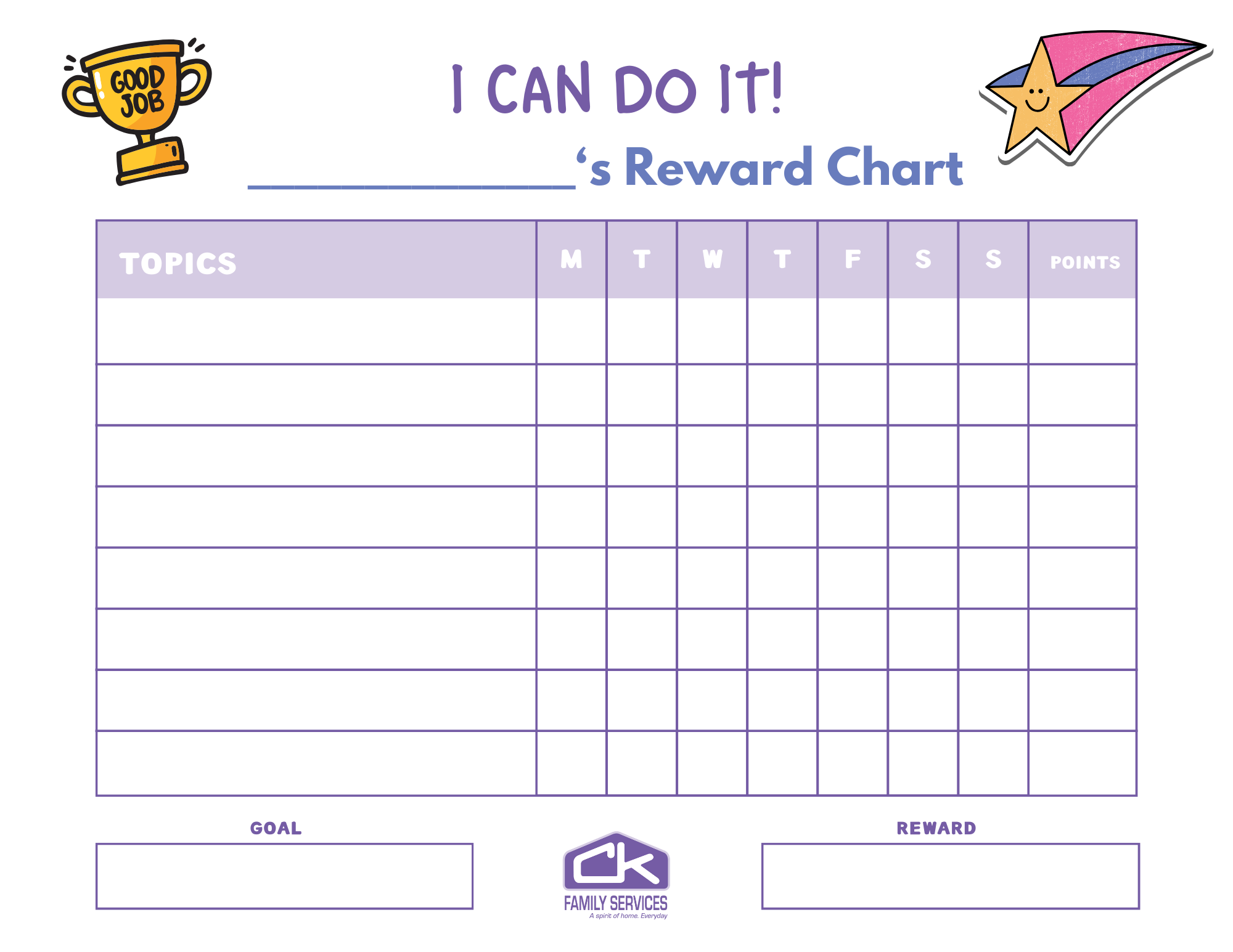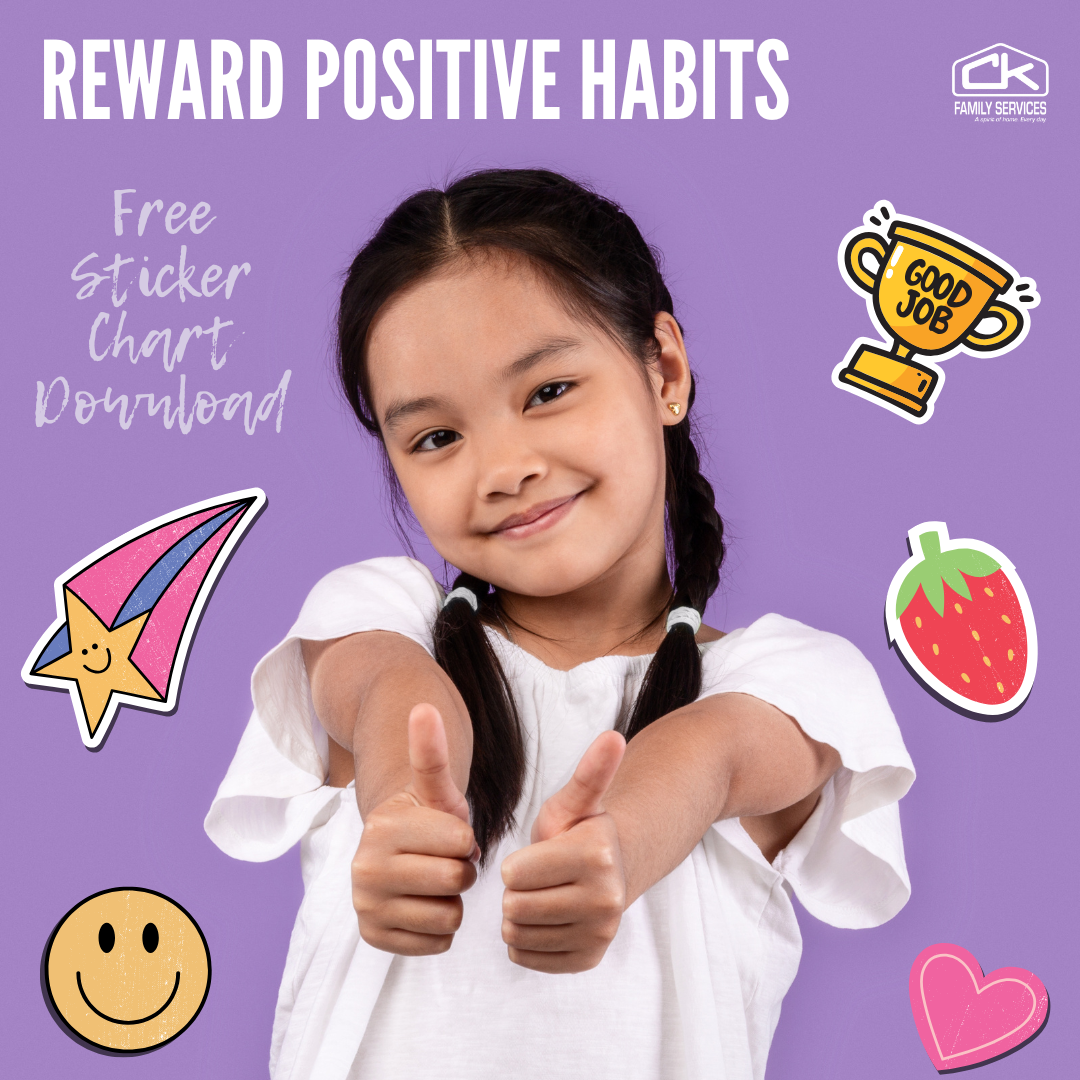Every parent and caregiver knows that encouraging children to consistently complete chores, homework, or personal hygiene routines can sometimes feel like a daunting task. The good news? Reward systems like sticker charts offer a simple, effective, and engaging way to motivate children while teaching responsibility and positive habits.
Sticker charts are more than just a colorful display; they’re a visual representation of effort and achievement. When implemented correctly, they can build confidence, establish routines, and create opportunities for bonding. Let’s explore how sticker charts work, why they’re effective, and how you can start using one in your home today.
Why Sticker Charts Work
1. Clear Expectations: Sticker charts provide children with a clear understanding of what is expected of them. Each task—whether it’s making their bed, brushing their teeth, or completing homework—is outlined on the chart, eliminating ambiguity.
2. Immediate Feedback: Children thrive on immediate feedback. Placing a sticker on the chart right after they complete a task reinforces their positive behavior in real time.
3. Visual Progress: Watching the chart fill up with stickers gives children a sense of accomplishment and motivates them to keep going.
4. Positive Reinforcement: Sticker charts focus on celebrating successes rather than punishing failures. This creates a more encouraging and supportive environment for growth.
Setting Up Your Sticker Chart
Here are some simple steps to create an effective sticker chart:
1. Choose the Focus Areas
- Decide which behaviors you want to encourage. This might include chores (e.g., taking out the trash), personal hygiene (e.g., brushing teeth twice a day), or academic tasks (e.g., finishing homework).
2. Create Realistic Goals
- Break tasks into manageable steps. For example, instead of "Clean your room," you could list smaller tasks like "Put toys away" and "Make the bed."
3. Decide on Rewards
- Determine what the reward will be for filling the chart or earning a set number of stickers. Rewards don’t have to be expensive; they could include extra playtime, a family movie night, or a trip to the park.
4. Customize the Chart
- Make it fun! Personalize the chart with your child’s favorite colors, themes, or characters to make it more engaging.
5. Be Consistent
- Stick to the plan and celebrate progress along the way. Consistency is key to making the sticker chart a success.
Tips for Success
- Keep It Age-Appropriate: Younger children may need simpler tasks, while older kids can handle more complex goals.
- Celebrate Small Wins: Praise your child for their efforts, even if they’re just starting out. A positive attitude will keep them motivated.
- Review and Adjust: If a chart isn’t working as planned, don’t be afraid to tweak it. The goal is to find what resonates best with your child.
- Make It a Team Effort: Involve your child in setting up the chart and choosing rewards. This gives them a sense of ownership and pride in their accomplishments.
Free Downloadable Sticker Chart
To help you get started, we’ve created a free downloadable sticker chart that you can print at home! This customizable chart is designed to help your child track their progress and stay motivated.

The Big Picture
Sticker charts are a simple yet powerful way to encourage good behavior while fostering responsibility and confidence. By focusing on positive reinforcement and celebrating achievements, you’re helping your child build habits that will last a lifetime.
Start your sticker chart journey today and watch as your child’s excitement and motivation soar. With consistency, encouragement, and a little creativity, you can turn everyday tasks into opportunities for growth and fun!


